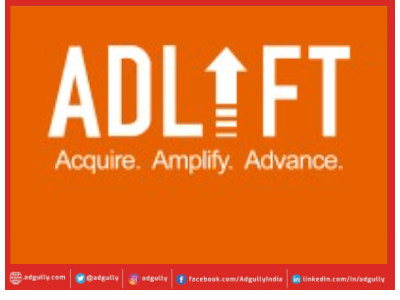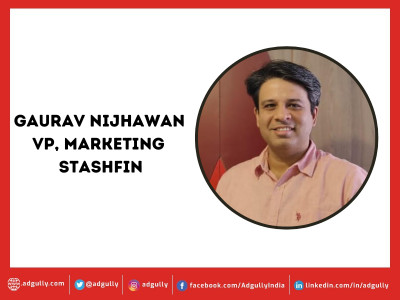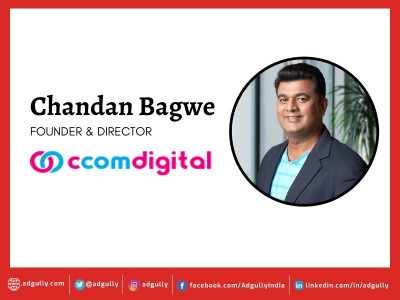Infusing Science into Digital Content Marketing
Authored by Nitin Mathur, Co-founder & CEO, 91mobiles.
Content marketing has become an important part of most brands’ and marketers’ playbooks. And rightly so! Our daily lives are inundated with ads. Creative content solutions that help break through the clutter can provide brands with that elusive edge, which can be the difference between a successful and an average product launch.
The art of content marketing is therefore alive and kicking. But what about the science? Is content marketing in the digital space all about creative clutter breaking content that helps build brand awareness? Or can it also be repeatable, reliable, measurable science, that can make a tangible difference to your marketing outcomes, if done right?
In the digital world, I would argue, it can be both. 91mobiles.com, now the largest gadget site in India, routinely works with smartphone brands on their launch campaigns. Given that smartphones are more of a considered / researched purchased category, rather than an impulse buy, people tend to delve deeper than they would for purchases at a lower price point.
And this is where the science comes in.
Why should content not be ‘targeted’ if ads are targeted
With digital, marketers today have the power to reach ‘in-market’ buyers. To draw an analogy from the smartphone world, while any Indian consumer today may be a potential smartphone buyer, only 10 to 12 million Indians are looking to buy a smartphone in any given month. Ads are routinely targeted to such in-market audiences that are made available to marketers by Google and Facebook.
Even within these, not all would be the right TG for a particular smartphone launch. For example, we know that 50% of the 10 to 12 million smartphones buyers in any given month buy a phone between ₹10k and ₹20k. Another 15% is looking for phones in ₹20k to ₹30k range, and so forth.
Now, most would agree that it would not make sense to show a banner ad for a Rs. 15,000 phone to someone looking to buy a phone for under Rs. 10,000. Why then would it make sense to show content for the Rs. 15,000 phone to the under Rs. 10k buyer?
Granted that higher all-round awareness levels help. I’m more likely to buy a phone that my friends also think is good. But in a scenario with limited marketing money, would it not make more sense to focus ad budgets on those people who are looking for a device in the same price range?
With digital, it’s possible to identify potential customers this way, and indeed ad targeting is moving in that direction. Content must follow, if it is to best leverage the capabilities digital offers.
Different Strokes for different folks
Not all those looking for a phone in a particular price range have the same predilections and starting points in their purchase journey. In-market smartphone buyers can be further segmented based on how they are researching for a new smartphone. We know from our site data that in any given price segment:
- 10% of potential buyers would be searching for the advertiser brand’s own devices (i.e., other devices of the brand that is looking to introduce a new phone)
- 35-40% of potential buyers would be searching for a new phone by price or feature (they are open to options; don’t necessarily have a preferred brand or phone in mind)
Remaining 50% of potential buyers are searching for a competitor brand’s devices
- The best content strategy would therefore be to develop bespoke communication for each of these segments.
- For people who are already considering a device from the advertiser brand, the right content just needs to point out the brand’s latest offering and all the cool features it has.
- For brand neutral buyers, who are searching for a phone in a price range, the most impactful content would be one that lays out why the advertiser’s device is the best in that price segment (or in what ways it is the best)
- For those who are looking at a specific device from another brand, the most impactful content is one that demonstrates why the advertiser’s device is better than that specific device the buyer is considering. In case there are five different competitor devices, then five customised content pieces will be the most optimised approach.
How can this work in practice
This may sound good in theory. But you may ask: how is it practically possible to target content to such granular audience segments? Google and Facebook today give the option to target ‘in-market’ audiences, but the targeting there is not sharp enough to employ this strategy.
This is where ‘first-party data’ of vertical sites can help. In the gadgets vertical for instance, large sites like 91mobiles.com would possess anonymous user data that’s more granular than what is available on Google and Facebook. And would enable such a refined content marketing strategy.
A marketer could go to the extent of building content that says why their device (device A) is better than a competitor device (Device B), and ensure that only those who are considering buying Device B read this content. Because for all other users, this is not the most relevant content piece to market.
Advertisers in different verticals may employ this strategy by collaborating with vertical sites in their product category, which have access to such consumer insights.
How do we know this works?
Ultimately, all advertising comes down to how effective it has been in influencing the thoughts and preferences of its intended target group. Surveying the TG that has been exposed to an ad-campaign to check for shift in how they perceive the brand, is a standard measurement technique. With digital campaigns, it is possible to survey the cohort that was exposed to a regular creative content piece vs the cohort that was exposed to the kind of customised content we have discussed here.
Time and time again, the customised content wins over in terms of having a greater impact on its reader’s preferences. For obvious reasons. We are promoting the content to people who are interested in exactly that content, at that point in time.
In Conclusion
Banner advertising today is already an art and a science in equal measure. Done right, content marketing in digital will evolve to employing a lot more science than it does today.
About the Author
Nitin Mathur co-founded 91mobiles with Bharanidharan Vishwanathan in 2012 and together they have built India’s No. 1 Gadget Discovery Site that enables advertisers and consumers to take smarter decisions. As co-founder, Nitin adorns multiple hats, leading long-term growth strategies and has crucial involvement in sales, marketing and product development.















Share
Facebook
YouTube
Tweet
Twitter
LinkedIn